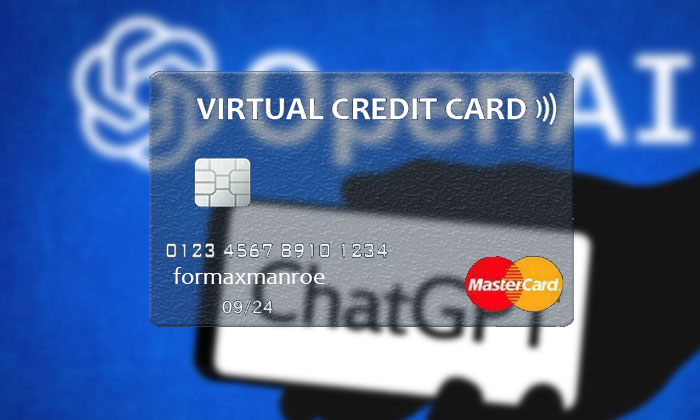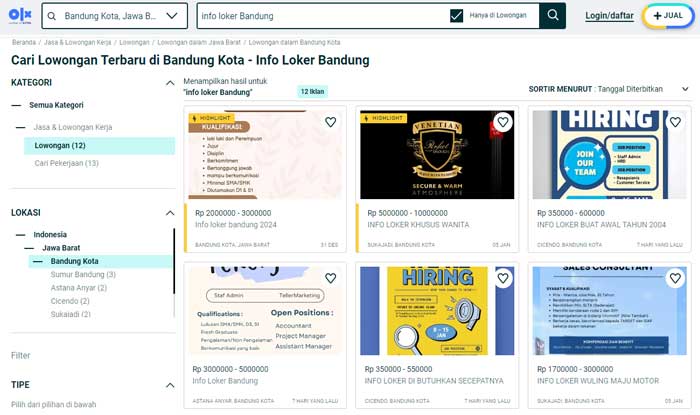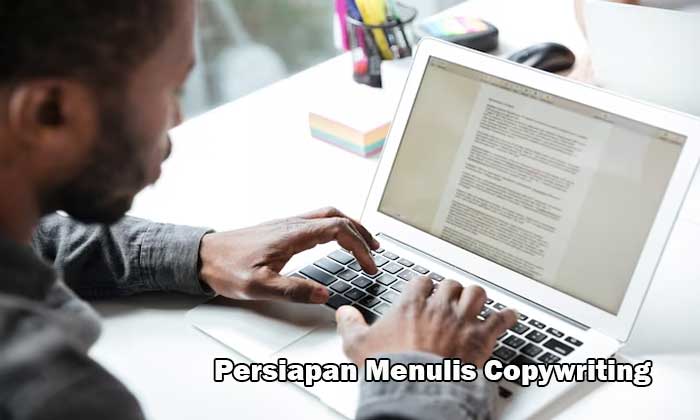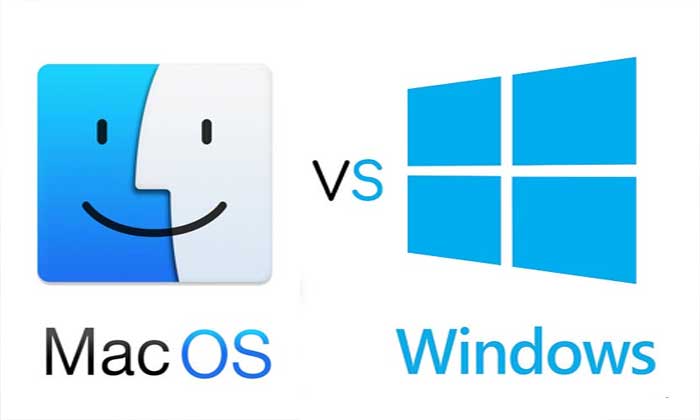
You can find art for sale almost anywhere, most of it coupled with a variety of forms of certification, documentation, authentication, provenance, attribution, and all other claims that the piece is by this artist, etc. But guess what? None of these papers, claims, certificates of authenticity, documents or even tall tales mean a thing if they’re not stated, authored, or else traceable to or directly associated with accepted, recognized, and qualified authorities about the art in question, and also the artist themselves.
So here are some of the essentials to know on attributing and authenticating art, how it works and who the people to be trusted are.
The Essentials On Authenticating And Attributing Art
They’re All Connected-Not!
One of the most pervasive problems in selling art deals with “attributed” art. It’s so common that every kind of unqualified individual would attribute artworks to different kinds of artists, sad to say 100% of these attributions are considered to be worthless.
How come? Simply because in the art industry, legitimate attributions are only made by known and recognized authority figures that have legitimate authority on the attributed artists’ names. Defining “Attributed”
Officially and technically speaking, “attributed” means a specific work of art, which is most likely an original, is at the hand and is certified by a qualified authority on the matter. Take note that your keywords here are “qualified authority”. Thus, if the attribution is done by an unqualified person, then it would be meaningless.
Who Are The Qualified Authority?
A qualified authority is someone who really knows what he/she is talking about and has the proof to anything he/she says. Qualified authorities are those people that have deliberately studied the artist under consideration, have already published papers about the artist, and have curated major gallery shows or museums catering the works of the artist.
They can also be someone who have taught courses about the artist; bought or sold at least dozens or even hundreds of artworks by the artist; have written magazine articles, books, or catalogue essays about the artist, and the like.
The artist him/herself can also be a qualified authority, along with his relatives, employees, direct descendants, and heirs. Also, people who have formal, legal, or estate-granted sanctions or entitlements in able to pass judgment the artist’s works are considered to be qualified authorities. Most importantly, they should be recognized throughout the
whole art community to the people in charge when it comes to the matter of dealing with works by that artist.
Who Are Not Qualified?
The list of people whom are not qualified could take forever to complete. However, here are some of the general characteristics of those unqualified people who most likely say that they are qualified.
First off, you should watch out for those who think that the piece they are selling is by this certain artist just because the work ‘looks like’ it is done by that artist; also, those who think that the piece is by that artist because they saw some illustrations from art books that are similar to the piece at hand.
Additionally, sellers that answer you with “that is what the previous owner told me” kind of questions are not to be trusted. You really can’t rely on tattle-tailing to very if the work is an original or not. This is just the same if they say that the work is by such artist because the previous owner is rich and famous.
You should also watch out for art appraisers, since they only appraise and not authenticate; unless they have qualifications to do so. Take note that appraisal and authentication are two different things.
So, if you’re planning on buying a so-called original, then you must make sure that the person you’re talking to is a qualified authority, or better yet, the artist himself!
The Essentials On Authenticating And Attributing Art






